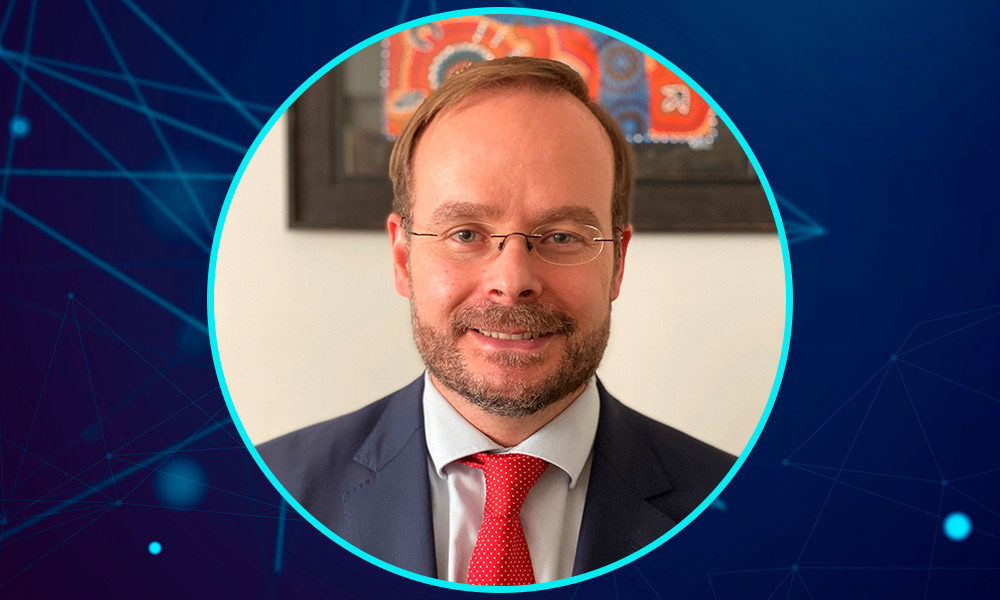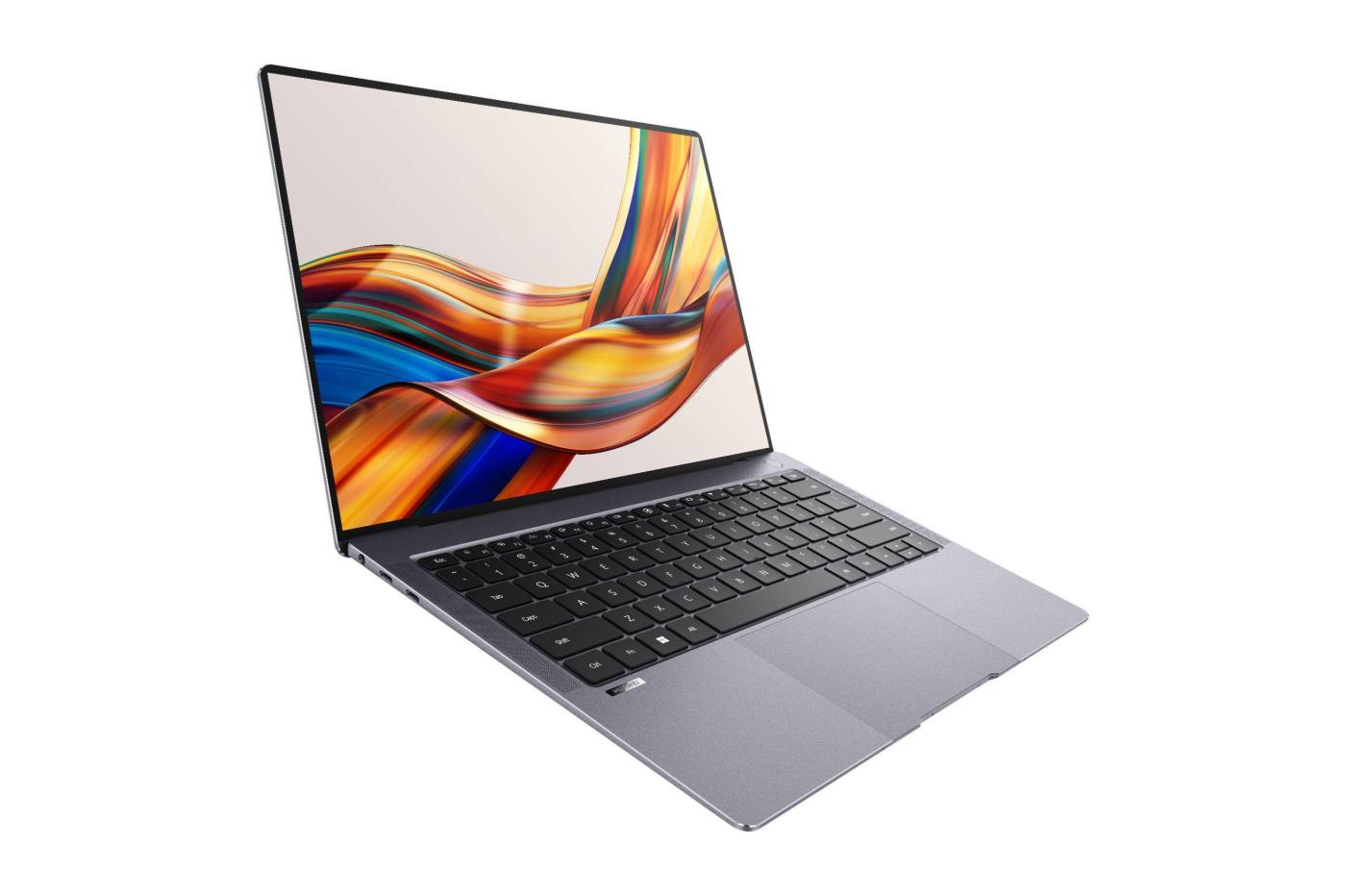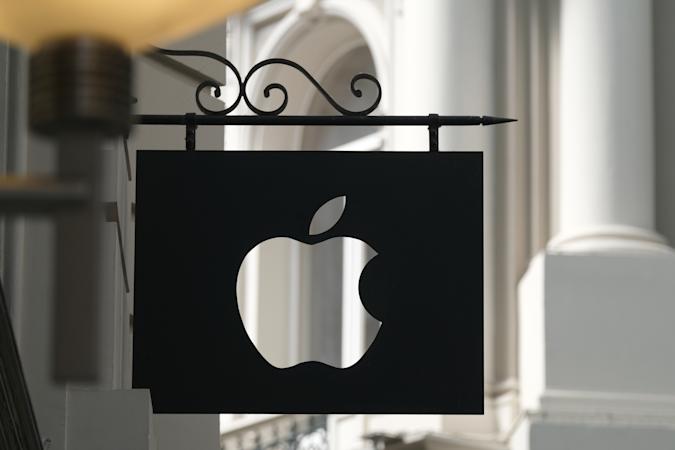
A few months ago, Telefónica reached an agreement with Navantia to offer it the necessary infrastructure, security and communications to host an innovative digital platform with the latest technologies in the design, construction and life cycle support of Navy ships and thus contribute in the company’s digital transformation plan.
In this way Navantia will be able to have all the digitization tools in the life process of ships, from their design with advanced software, through construction to complete life cycle support with the creating a digital twin. This agreement marks a new milestone in Telefónica’s relationship with Navantia, with whom the operator is also working on one of the projects awarded the 5G aid plan of the Ministry of Economic Affairs and Digital Transformation.
Specifically, it is an industry 4.0 project, framed in the Navantia Shipyard 4.0 digitization plan, for remote technical assistance to machines in production with augmented reality and 3D models; visualization of parts in the real scenario to identify possible incidents and 3D streaming in real time to accurately validate the building blocks of the ship. About all these projects we have had the opportunity to talk with Donato MartinezCTO of Navantia.
[MCPRO] With a project like the one being implemented in Ferrol, to what extent is the way of working in shipyards revolutionized?
[Donato Martínez] The complexity of Navantia products requires a 3D model with hundreds of thousands and, in some cases, millions of components per ship, as well as thousands of design documents, inspection results and many others.
In a digital Navantia, this information needs to be instantly available at all stages of the production process for all the people who participate in it, whether in offices, workshops or on board ships under construction. Likewise, it is important to highlight that a shipyard such as the one in Ferrol has an area of about 700,000 m2 (equivalent to almost 200 football fields), so mobility is an essential requirement. However, current communication technologies (3G, 4G, LTE networks) pose many drawbacks and limit productivity.
[MCPRO] At what point in the implementation of technology are you?
[Donato Martínez] Currently, a 5G pilot has been developed in the manufacturing workshop of our Ferrol shipyard, which has allowed us to verify the effectiveness of the solution in three aspects, specifically Augmented/Mixed Reality, remote assistance and Dimensional Control.
The remote technical assistance through augmented reality and 3D models for diagnosis and support: this use case enables, through augmented reality techniques that superimpose videoconference, 3D models of the machine and graphic indications, that a non-specialized local operator can carry out repair or maintenance tasks with the assistance of a remote specialist and thus reduce the downtime of the industrial chain.
Currently, the machinery and devices used in an assembly line and industrial processes are very complex, which entails a very specialized support that few people or applications are capable of providing. The direct consequence is that, every time an important part breaks down, it is necessary to wait for a specialist from the supplier company to come in person, which can take days, with the consequent loss of productivity in the assembly line.
This use case solves this situation. The visualization of virtual parts in a real environment that allows verifying, within a real scenario, how the designed construction works will look, before proceeding with their manufacture and assembly planning.
This use case requires the placement, in an augmented reality image, of said infrastructure with millimeter accuracy, something not done so far. Thus, for example, it can be verified that a pipe will fit perfectly in an already built compartment of a ship before proceeding with its manufacture. In this way, possible inconsistencies in the design can be detected early, for example, with the significant savings in time and resources that this entails.
Finally, it is important to support the process of building ships in a modular way with blocks that are assembled. A critical aspect is the verification that each of the “blocks” will fit perfectly with the others.
Today this task is performed with 3D laser scan tools that generate huge amounts of information that must be analyzed locally by high-capacity computers. In this use case, the great bandwidth of 5G is used to send the scanned point cloud via streaming to computers placed in the edge computing of the mobile network, so that this “3D reality survey” can be carried out without the need to have high-capacity computers on the construction site, or to move highly specialized personnel to each site. In fact, a single person could verify the correct status of block manufacturing in multiple places without having to travel. A process that today takes days, is done instantly.
Regardless of said 5G pilot and within the framework of our Digital Transformation Plan, there are other technologies already in a more advanced phase of implementation. Examples include predictive analytics, process modeling and simulation, the IoT, new materials, and the developments we are carrying out for the Digital Twin in our F110 Frigates project should be particularly highlighted.
[MCPRO] Why is low latency important in a project of this type?
[Donato Martínez] As we said before, enabling mobility for large amounts of data and minimal latency is one of the most significant benefits we expect from new technologies for our production process.
Teleassistance, fast and reliable transmission of streaming video, real-time data capture, dimensional control and, especially, the use of Augmented/Mixed Reality in the workshop or on board require very low latency to guarantee a practical and productive user experience, something that only a technology like 5G can provide.
Finally, within a few years, 5G IoT machines and sensors will be able to take advantage of edge computing. This will reduce its cost and allow many more use cases to appear.
[MCPRO] For the tasks in which augmented reality is used, you have opted for Microsoft’s Hololens. What are the advantages of these augmented reality glasses compared to other competing models?
[Donato Martínez] There are several reasons why we have opted for this model of glasses:
- The support of a large, stable company with experience in creating hardware for use by end customers. This gives us a guarantee of continuity and support as well as the support of a community of developers.
- The integration tools, languages and interfaces are reasonably standard and well documented. This allows us a good integration with our ecosystem and third party ecosystems.
- Microsoft has placed a special emphasis on security, both in the use of hardware
as of the software. It is possible to use military level encryption mechanisms for content and communications, critical for the type of applications considered. - 6dof positioning without the need for external beacons, although accuracy can be improved if they are used. Both less precise outdoor positioning and calibrated indoor positioning can be solved with the same HW.
- They are the glasses with the largest field of vision on the market. They also have a very high contrast and nits, enabling them to be used outdoors.
- Detection of hand gestures and voice. Operation without the need to abandon the task in progress.
- They are truly Mixed Reality glasses, where it is possible to superimpose on the visual environment of the operator, and in real time, not only operating/maintenance instructions (text type) but also virtual elements, such as 3D models of the ma machines or parts to be manufactured/assembled, and traditional or multimedia documentation.
In summary, although we originally considered other models, what finally made us opt for the HoloLens2 was how well they combined all the technical features required and the history of the company behind them. Not surprisingly, Microsoft is the only company that has recently obtained a $1 billion order for AR glasses for use in a rugged (military) environment.
[MCPRO] You have also recently signed a collaboration agreement with Telefónica in the field of cybersecurity. What actions and areas does this agreement cover?
[Donato Martínez] Both companies will collaborate in the design, supply, configuration and implementation of cybersecurity solutions and technologies, as well as in simulation, training and training. This work is the result of a collaboration agreement to market and develop cybersecurity and comprehensive technological security projects for the Defense and the naval sector.
Telefónica and Navantia will also work together on projects for the areas of construction, maintenance and modernization of ships, on others related to the implementation of Industry 4.0 in shipyards and on R&D&I projects related to these areas.
The two companies have identified several strategic projects in which this collaboration will be put into practice, including international opportunities in countries such as Chile and Peru. At the national level, both companies will work together on the cybersecurity of the S-80 submarine and the F-110 frigates.
[MCPRO] What are the next steps to follow to reach Navantia 4.0?
[Donato Martínez] We continue to make progress in our Digital Transformation Plan in the six lines of action that we have set for ourselves: Smart Products, Smart Services, 4.0 Operating Processes, 4.0 Corporate Processes, 4.0 People and Culture, and Digital Platforms and Architecture. There are dozens of digitization projects underway, although we highlight two:
- The development of the Digital Twin is ongoing and we already have a prototype (and a commitment to the Navy for F110). The design of support systems for the Life Cycle for Smart Maintenance is being carried out, multiple actions are being carried out in the field of Smart Factory to improve operations and achieve the Digital Twin of the plant and in general progress continues to meet the Navantia 4.0 objective that we have set for ourselves.
- Likewise, the work to implement the Navantia Digital Platform (known as the ELCANO Project) continues at a good pace. We have a first version of the Siemens solution available and in the next few days the implementation of S/4 HANA will start.




